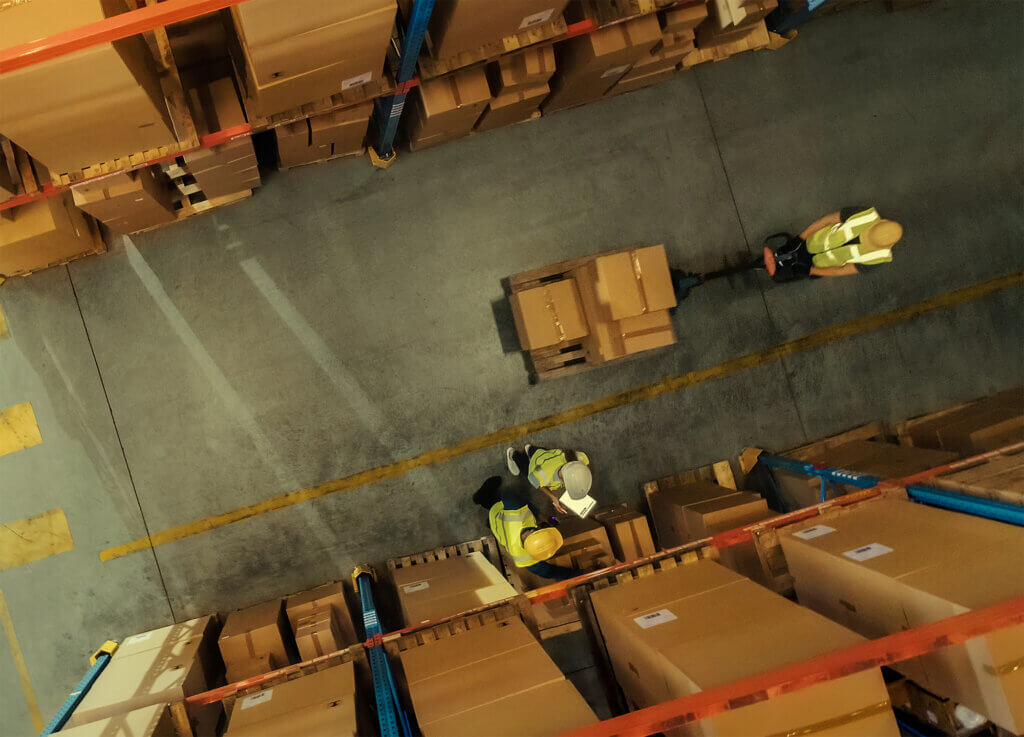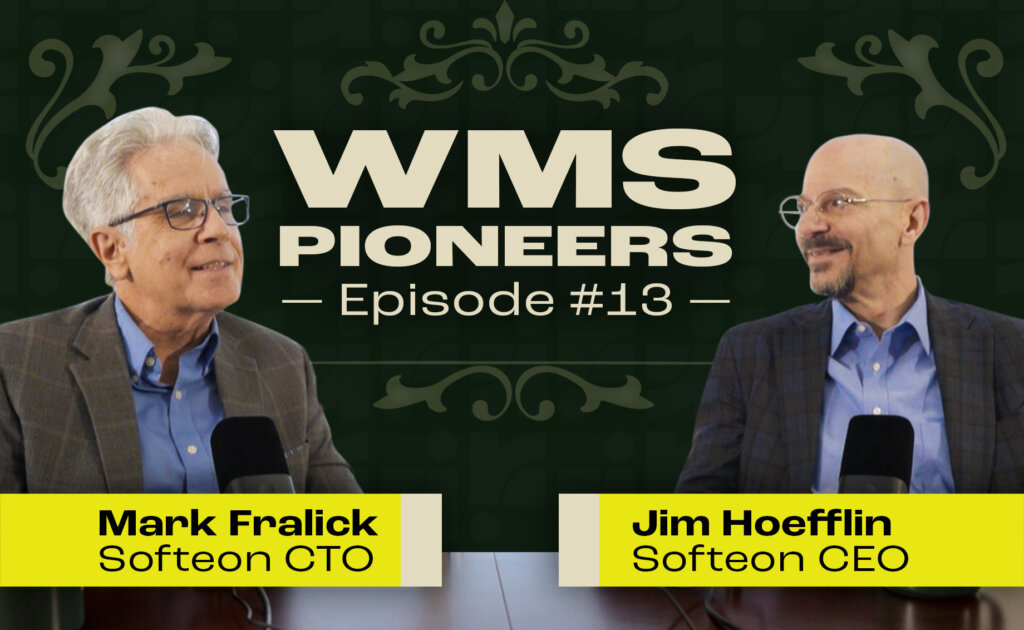With the strong interest in Warehouse Management Systems (WMS) in an era of ever growing complexities in order fulfillment, companies – especially for executives outside the supply chain – often ask what the differences are between a WMS and IMS – an Inventory Management System.
That may be because a company might already have an inventory system and wonders what additional capabilities they will get with a new WMS.
Inventory Management vs Warehouse Management: Main Differences
Distinguishing the two types of systems is made challenging because the term “IMS” can mean many things, with modest overlap into WMS functionalities in some cases. On the other hand, a WMS provides many capabilities that are generally not part of an Inventory Management System’s capabilities.
That said, in general, an Inventory Management System is concerned with overall inventory by location (building) across an enterprise. So, as an example, the IMS tracks and reports that there are 30 widgets in Warehouse A, 25 in Warehouse B, 48 in Manufacturing Plant A, and so on.
Some will go so far as to track exactly where that inventory is stored in each of those buildings, but more often this is usually a task for the WMS.
With that inventory visibility, the IMS can support two important processes. The first is what may be called “soft inventory allocation,” which means as orders are placed, the system will reserve the needed quantities of inventory in each node (warehouse, etc.) without being concerned with which specific warehouse location the inventory is actually in.
Often, an IMS can also allocate inventory based on attributes such as lot/batch or expiration date.
The other important inventory process an IMS can support is “available to promise.” A company’s order management system will sometime be able to look at unallocated inventory levels as tracked in the IMS and be able to commit to fulfilling the order to the customer because the required inventory is available – or not.
Where it can get complicated is if the IMS is also capable of setting inventory targets and executing to reach those targets through tools such forecasting and procurement functionality, which are not usually WMS functions. The takeaway is that the scope of an IMS can be more broad or narrowed in terms of the managing inventory levels, versus just tracking them.
Make Sense of WMS, WCS, and WES.
Understand the differences and how they work together to optimize your operations.
Warehouse Management Systems Provide More Granular Tracking Inside of a Facility
A Warehouse Management System differs from an IMS in several important ways.
First, as mentioned above, a WMS tracks inventory by location in real-time inside a distribution center or manufacturing warehouse. It achieves this partly through workers using mobile wireless terminals and barcode scanning to capture all inventory movements and transactions. An example would be scanning a pallet ID and location barcode to confirm that the pallet with the ID of 123 has been putaway location 456, for example.
Some of those inventory transactions, such as the receipt of new inventory or an inventory adjustment, are generally communicated electronically to the IMS so that it’s soft allocation, available to promise, and other processes are based on accurate real-time inventory levels for each facility.
Second, as opposed to an IMS, a WMS performs what is called hard allocation, in which inventory is reserved for a specific order from a specific location in the warehouse, such as a pallet location for full pallet orders, or a forward pick location for picking individual items. It can also ensure that there is sufficient inventory in a pick location before the picks for that location are released.
That includes, for example, selecting inventory for picking and shipping that has the nearest expiration date, among many potential inventory attributes.
When an order is shipped, the WMS will communicate with the IMS so that the inventory counts are decremented.
Most importantly, in terms of differences between Warehouse Management and Inventory Management, the WMS will also manage activity that is not in the scope of an IMS. For example, The WMS will drive the receiving process for incoming goods, directing where to put away received product, based on defined rules. It will manage the order pool and release work (picks) based on a variety of rules and attributes, such as the arrival of outbound carriers.
It will direct replenishment of forward pick locations based on order demand. The WMS will also direct the order packing and/or staging processes as well as actual truck loading.
What’s more is that the WMS may manage cycle counting schedules and execution, inbound QA processes, completion of value-added services, printing of shipping documents and labels, management of inventory in trailers in the yard and much more.
If an Inventory Management System is providing these types of capabilities, then it is really offering WMS functionality in addition to traditional IMS functions.
We hope this discussion provides some clarity in the differences between Inventory Management vs Warehouse Management Systems. While an inventory system can provide a lot of value and really be essential for order processing, it simply will not manage and optimize throughout the operations in a distribution center and provide the level of efficiency that a Tier 1 WMS can.
You can learn more about the Tier 1 WMS Softeon offers here.




